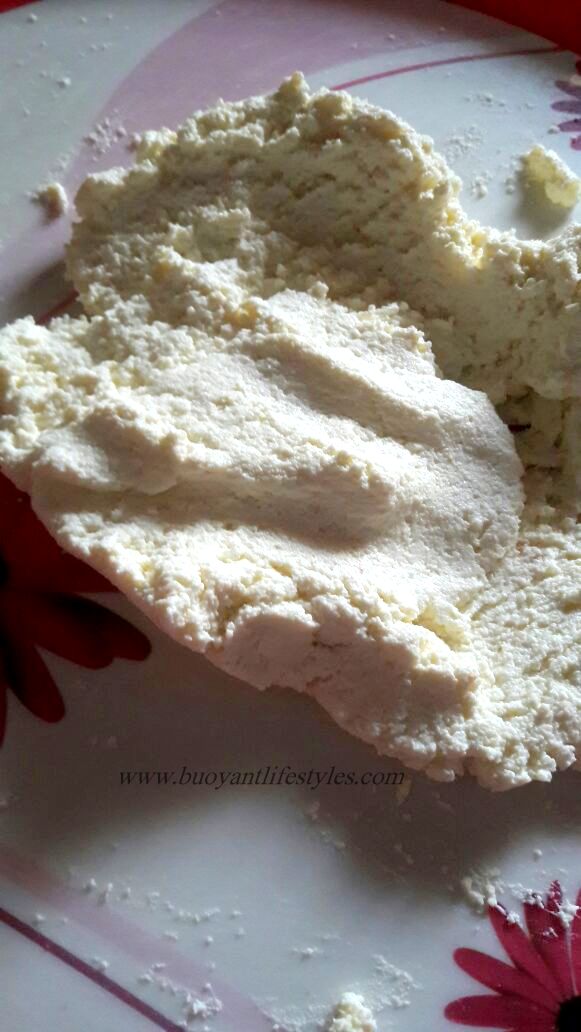We Bengalis can become quite emotional when it comes to Rosogullas. Rosogullas have to be soft spongy and deliciously yummy all at the same time, and tea spotlessly white in colour unless it is Nolen gurer (Jaggery) Rosogulla. These days you will find many flavoured rashogullas as well as baked roshogullas are in crazy demand. I am not a big admirer of any other favoured Rosogolla.
It has to be the white, the original ones or the one dipped in Nolan gurer syrup. My family, on the other hand, can delve into any, absolutely any kind of Rosogulla. So here is my take on the simple spongy Rosogulla With a hint of saffron.
Be it a wedding, annaprasan, jamai-sosthi, aashirbaad, any event is incomplete without gulpping mouthfull of roshogulla. Bengalis are famous for their 12 maashe 13 parben (13 rituals in 12 months). Which means that each and every month of the Bengali calendar has some ritual, some festival or some ceremony. Any kind of special function calls for “Haadi bhora roshogulla” (Pot made of Clay full of Roshogulla).
I still remember when my sister got married in the year 2009, one of my relative bought a huge clay pot full of fluffy, feathery white and sweetness filled roshogulla. And I was the one to devour upon a few before it could be served to others. Well, this is what weddingsare for, it’s incomplete without such sweet memories.
The Origin of Roshogulla
There has been a long debate related to the origin of Roshogulla- whether it’s the Bengalis or the Oriyas. The Oriyas claim that the origin of Roshogulla has roots in the history of Puri in Odisha and it was a part of the temple ritual and offered as holy offering “prasad” to Lord Jagannath.
According to certain folklores, the priest must have taught the process of making cheese by curdling milk and making roshogullas. Though not much testimony is available to support this view. And for the Bengalis it was Nabin Chandra Das of Calcutta who is considered the brain behind art of making Roshogulla in the year 1868.
Well, most of you must be waiting for the weekends. Even I am doing that. For weekends are the time we give to ourselves and it is also the time when we have visitors at home, friends come over to meet us, maybe relatives also make a visit. Yesterday some of my friends visited and I had already prepared yummy Rosogullas for them beforehand. They were so happy and pleased to enjoy the sweets, and I was even more happy to see enjoying every bite of it. So here I decided to share the easy recipe for making Rosogullas at home that shall taste exactly like the ones bought from the sweet shops.
Quick and easy Roshogulla recipe / Rasgulla Recipe
Ingredients: (will yield 10 to 12 medium-sized rosogollas)
1-litre full-fat milk
Curd or vinegar- 4 to 5 tbsp
One cup sugar (for the syrup)
3 nos cardamom
Few strands of saffron for garnishing
Method
Step 1. To begin with a boil the milk and add the curd/vinegar to it and let it curdle. Once done turn off the gas and strain the cheese with a strainer and discard the whey.
Let it rest in the strainer for 20 mins to half an hour so that all the liquid has drained off. (I wanted to retain a bit of moisture in the cheese, lest it should become too dry, so I did not tie it up in a cloth). Your chana/cheese is ready.
Step2: Now takes the chana/ cheese in a board or plate and knead it with the palm of your hand until it becomes smooth and you can easily form a ball out of it. Make small sized balls out it and keep it aside. Make sure to make smaller balls as after the Rosogullas are ready they will swell up to three times of it.
Step 3: Take a flat bottom pan and add sugar and three cups of water to it. Let it come to a boil and then add the pounded cardamom. Then add one of the previously prepared balls and check if it retains it shape and doesn’t break. If it is breaking you need to knead the chana once again.
If not then put the prepared balls one by one and cover it. Put the flame to medium. This prevents the sugar syrup to thicken up to early and become sticky.
Let it cook for 20 to 25 mins. Your Rosogullas should be ready. Keep it in the syrup and let it cool down. At this point, you can put some saffron threads to it.
P.s: You can also serve it warm. Gorom roshogulla is simply pure love.












2 Comments
thats the next thing I am trying. 🙂
Great do try it.